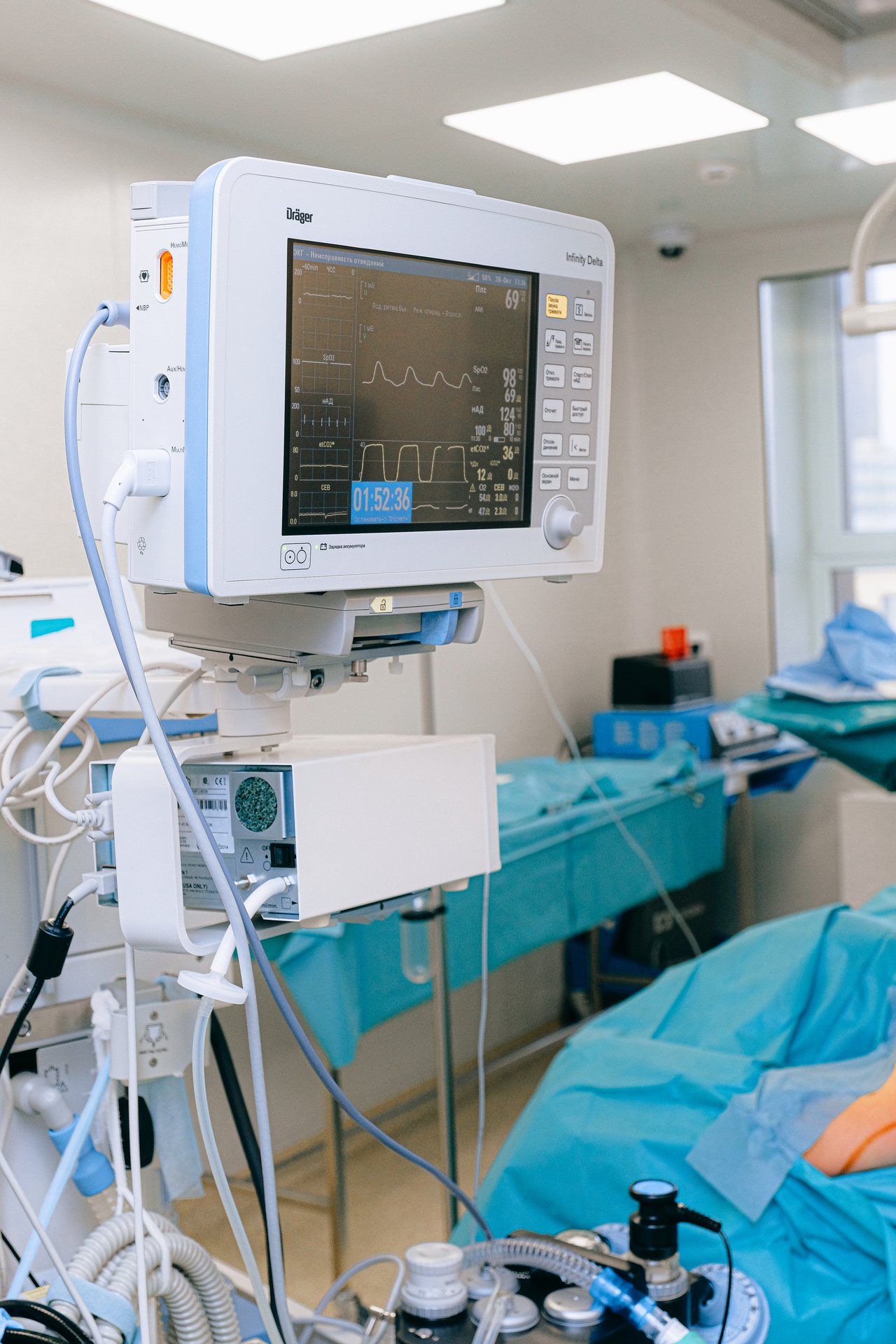Surgery has always been the last resort when all other treatment options fail to work. While it is true that anyone can suffer a shoulder injury, these injuries, especially the rotator cuff tear, are the most reported among athletes. Common signs of shoulder injuries are pain and stiffness. If you experience such symptoms and you are living in New Jersey, it is best to visit a Colonia shoulder pain specialist to prevent permanent damage.
If your doctor recommends surgery for your shoulder pain, you ought to know the aftercare instructions and tips to help you heal faster.
Post-surgery products
- Removable showerhead. This type of showerhead is flexible, so it helps you avoid getting your incision site wet before it has healed. It would help if you considered getting them from brands such as Moen and Hydroluxe.
- A shower chair. Shower chairs are useful because they lower the risk of you falling and getting an even worse injury.
- Using pump soap. Remember, you will be using one arm, so it’s better to use soap that is in a pump bottle to make it easier
- Waterproof bandages. These bandages are useful for covering your incision site
After-care
It’s common to feel pain and discomfort after surgery. Here are some tips to help you alleviate the pain
- Ice compresses. It would be best if you bought an ice pack or use a bag of frozen peas as compression. Do this for approximately twenty minutes during the first five days after surgery. You can later start using heat compressions to soothe the site.
- If you experience severe pain, inform your doctor. The doctor will likely prescribe some pain medication. These include anesthetics, opioids, as well as anti-inflammatory medications such as Advil.
- Dressing. Your doctor will give instructions on how to change your dressing during the first week after surgery. They will then remove your stitches and let you know if you can now rinse the surgical site.
- Dressing during recovery. You should avoid tight clothing and only wear clothes that are easy to fit while you have your sling on, preferably those with buttons that do not need to go over your head.
Possible complications
Every surgery has potential risks. Therefore, you should keep an eye out for;
- Discharge around the incision site
- Redness
- High fever
- Numbness
- Tingling
- Severe pain even after taking pain medication
You should visit your doctor immediately if you experience any of these complications.
Sleeping positions
It can be quite challenging to find a good sleeping position after surgery. Below is a list of sleeping instructions you should follow.
- Sleep on the side with a working arm. You may want to use pillows to ensure you sleep in a more upright position. Pillows will also prevent you from rolling back and sleeping on your injured shoulder
- You can lie flat once your shoulder pain has reduced
- Sleep with your sling on to avoid any unintentional movements while asleep
- If you are living with someone, you should switch sides with them to avoid sleeping on the injured shoulder
Driving instructions
You will likely have to wait for two months before you can drive again. Also, once you believe that you are ready to start driving, you should only take short distance drives until you are fully healed.
Finally, other than the above tips and instructions mentioned, it would be best if you considered going for physical therapy. For this, you should only visit specialists such as the team from Samwell Institute in Colonia, New Jersey.



